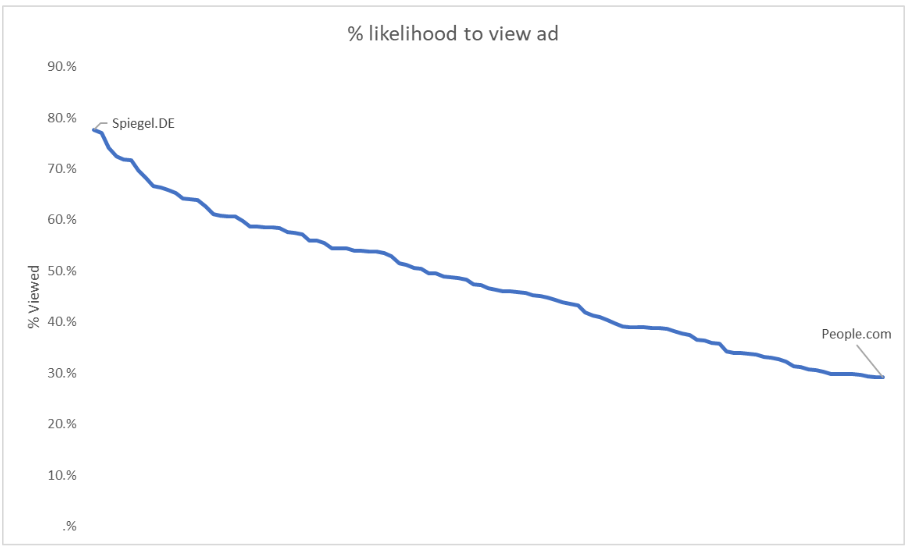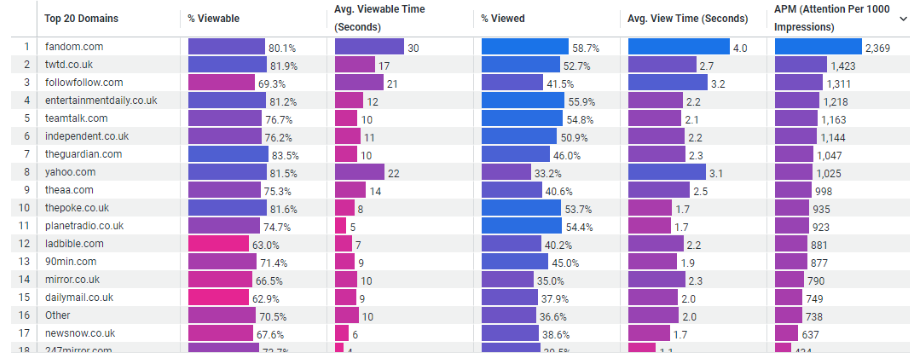The Attention Crisis of Made-for-Advertising Websites


There has been a lot of discussion recently about ‘made-for-advertising’ (MFA) sites. The general consensus is that these websites – low-quality, stuffed with ads, and increasingly AI-written – are bad for the industry. So how are they allowed to flourish, and what can we do about it?
The short answer is that it is due to misaligned incentives. Everybody is acting perfectly rationally, in line with their own goals, leading to a flawed system that nobody is truly happy with.
Buying media is a careful act of balancing competing needs, the most important of which is effect versus cost. It is extremely easy to see the costs involved in advertising, but very hard to see, or measure, the effects or benefits that come as a result. These effects can (and should) manifest over time, and as one of many factors that causes someone to buy a product or service.
There are, however, some metrics that are easy to report back on – impressions, viewability, clickthrough, to name a few. It’s very important to note that these are not business goals or benefits, but intermediary proxies. The issue in advertising is when these proxies become the outcomes for an ad campaign.
Picture two buttons – press one, and you get 1m impressions at 80% viewability for £1000. Press the other, and you get 1m impressions at 80% viewability for £500. Press the second button, and you are ‘fiscally responsible’ – the numbers you’re being tracked against went up! That is usually where the story ends. However, what you might not know is that the first button gives you a big takeover on a premium newspaper, and the other gives you a bunch of cluttered websites that, while showing your ad, don’t give the ad a good chance of actually getting seen. The latter is where you find made-for-advertising websites.

This is a case of misaligned incentives: if advertisers are told that viewability is the most important metric, then the campaigns will be optimized for viewability. But so, too, will websites that want to make as much money as possible from as many advertisers as possible, all at once. Without transparency into the ad inventory or the user experience of that ad inventory, advertisers are unknowingly prioritising made-for-advertising websites, not premium domains. This isn’t out of malice, it’s all from lack of information. Given full knowledge, marketers might well make different choices
Lumen’s attention solutions add a deeper layer of measurement to media planning by predicting the likelihood an ad will actually be seen and for how long. If you knew that the average person looked at the first ad for 5 seconds, and the second ad for 1 second, the decision might change.
Attention drives outcomes: that’s why, by measuring and optimising for attention, you’ll drive better business results.
Made-for-advertising websites are a great example of attention in action: Domain has a significant impact on attention and when domains are packed with ads, attention goes down. This holds true even for large, well-known sites.

For comparison, on this MFA site, only 7% of any one ad is seen at all – but they’re all very viewable!
This is because of the well-known phenomenon, “banner blindness.” Consumers are all used to ignoring ads at this point and when they encounter ad-heavy formats, they’re more likely to focus directly on the content without seeing any of the ads at all.

MFAs aren’t just a waste of money for advertisers, they make for a miserable internet experience for the average user – it will only become worse as AI-written articles lead to useless content, on top of painful advertising.
MFAs aren’t going to go away until the incentives that cause them to flourish are changed. Attention measurement is the first step in achieving this.
Lumen can help. Through the Lumen Attention Measurement Dashboard, we can show you exactly how your campaigns are performing, not just across different platforms and ad sizes, but on specific domains. From this, we can help you avoid the websites that don’t get the attention you would want. These numbers are different for everyone, because different brands get different attention on different domains.

Want to get a demo of how LAMP can help you measure the effectiveness of your domains? Reach out to us for a demo!